For two days only, you’ll be able to try your hand at “Taxi Yabusame”, which involves hitting nine targets from the backseat of a cab.
culture (Page 35)
Apparently, some Japanese men really don’t like to eat alone in public. But are they simply too shy, or is there something else going on?
Last year about 5 million Chinese tourists visited Japan, and Chinese website NetEase was kind enough to compile a list of seven of Japan’s most unusual habits according to them.
In an era of executions and forced suicides, this is one presentation you wouldn’t want to doze off in.
As shocking as it may sound to a Westerner’s ears, some Japanese kids continue bathing with their parents up until high school. It turns out, though, that doing so may have a positive impact on their grades.
There was a time when sumo wrestlers and kimono-clad ladies made shipping companies look beautiful.
Japanese blogger and internationalist Madame Riri explores five prejudices and misconceptions foreign male-Japanese female couples experience in Japan.
Heading to Kyoto soon? Simply want to know more about Japan’s ancient capital? We have the perfect book and DVD for you—and you could win them by answering one easy question!
If you’re a history buff, or time traveler, this could come in handy.
Coming to Japan and dressing up like a geisha is a bit like going to the USA and dressing up as a confederate soldier. Sure it’s fun, but it doesn’t really reflect modern society. What you need to feel the Japan of today is leopard print…and lots of it!
The legendary creator of Lone Wolf and Cub has no patience for such affronts to fine dining.
Food fight! Are these foods cultural adaptations, or abominations? Students take up issue with their university’s menu.
‘Tis the season for grumbling about cultural differences, but does it have to be?
Experience the samurai spirit first-hand with original swords and armour at the recently opened Samurai Museum.
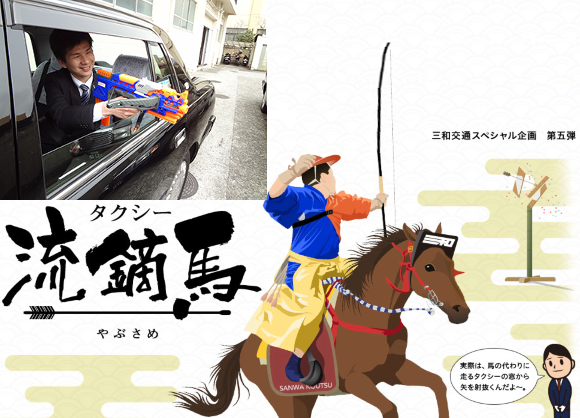
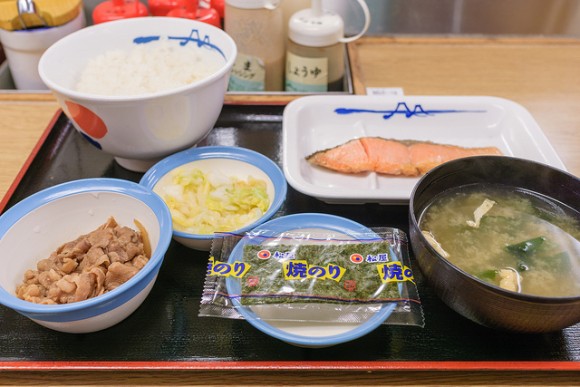


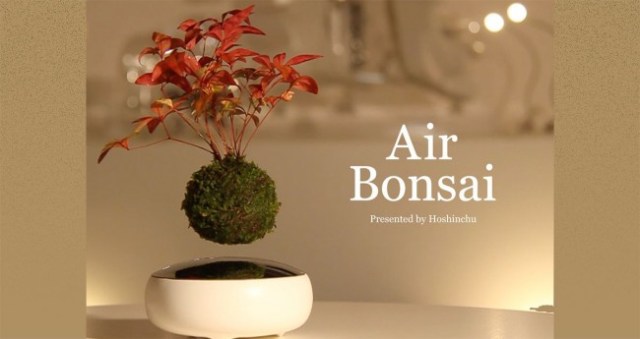
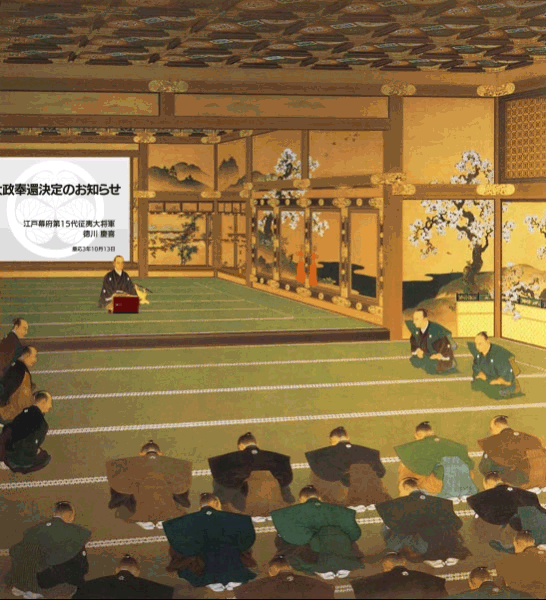
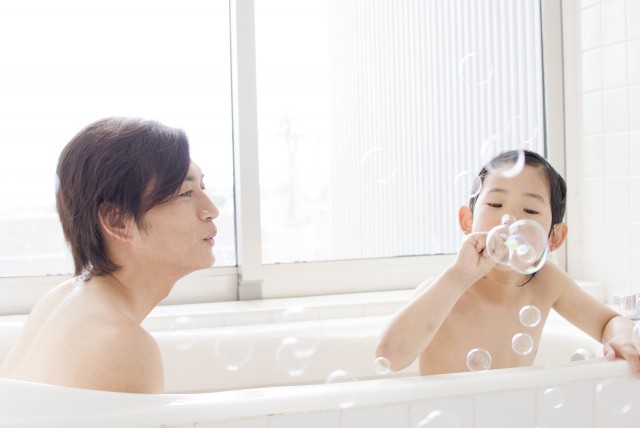
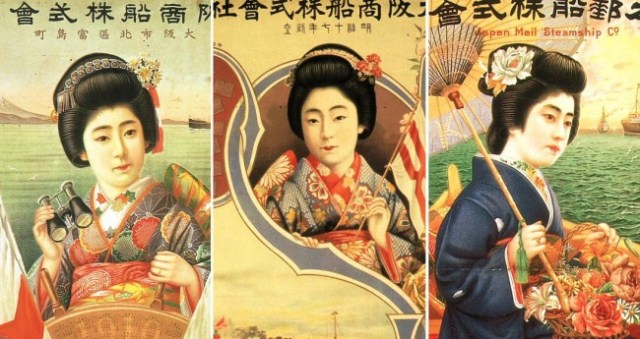
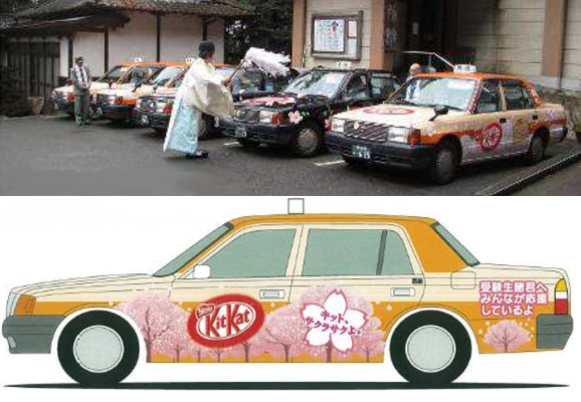

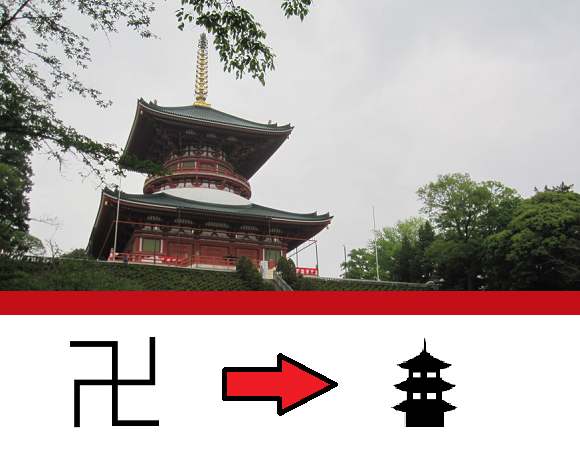

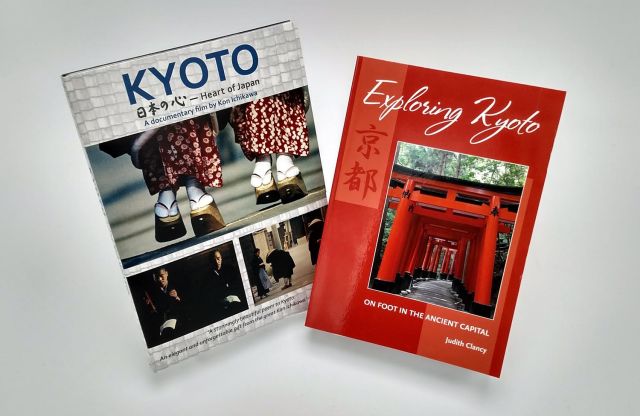
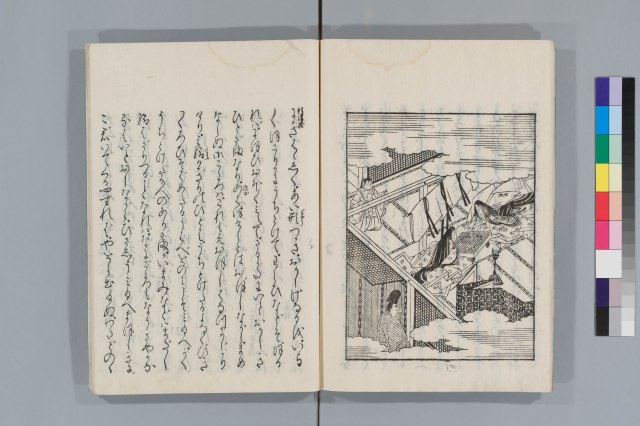

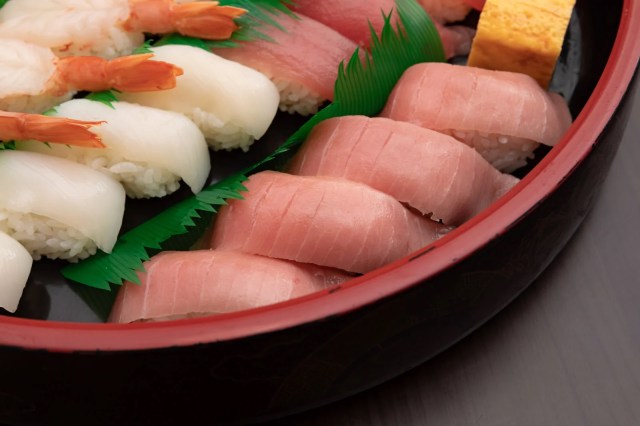
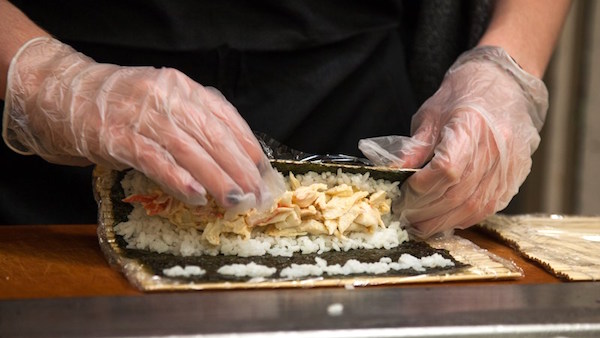
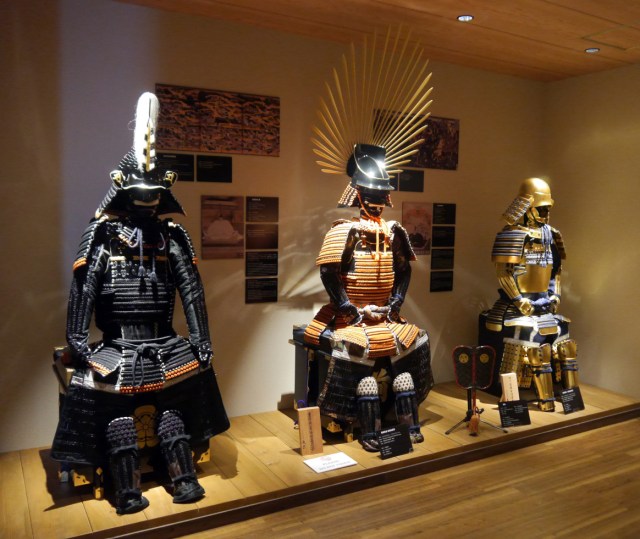
 Mt Fuji convenience store becomes “lawless zone” as tourists hurl abuse at security guards
Mt Fuji convenience store becomes “lawless zone” as tourists hurl abuse at security guards Eight unforgettable hot springs, as recommended by Japan’s “Professor Bath”
Eight unforgettable hot springs, as recommended by Japan’s “Professor Bath” Studio Ghibli releases new range of cardigans for anime fans
Studio Ghibli releases new range of cardigans for anime fans Big dam Godzilla appears in Japan as power-washer art on side of 195-foot dam【Video】
Big dam Godzilla appears in Japan as power-washer art on side of 195-foot dam【Video】 Late-night cake cafe in Tokyo’s hostess/host bar district will satisfy your confectionary desires
Late-night cake cafe in Tokyo’s hostess/host bar district will satisfy your confectionary desires Drinkable Mayo on sale at Japanese convenience stores for mayonnaise fanatics
Drinkable Mayo on sale at Japanese convenience stores for mayonnaise fanatics Japanese bank’s founders blood-signed promise to commit samurai-style suicide if they committed fraud
Japanese bank’s founders blood-signed promise to commit samurai-style suicide if they committed fraud Japanese idol creates kawaii Gunpla, the world’s cutest Gundam models【Photos】
Japanese idol creates kawaii Gunpla, the world’s cutest Gundam models【Photos】 Japan’s workplace drinking party communication is unnecessary, says majority of workers in survey
Japan’s workplace drinking party communication is unnecessary, says majority of workers in survey Japan’s new difficult-to-drink-from beer glass protects your liver, but it’s a brutal experience
Japan’s new difficult-to-drink-from beer glass protects your liver, but it’s a brutal experience Kyoto Whopper divides customers at Burger King Japan
Kyoto Whopper divides customers at Burger King Japan Japanese burger chain no longer serves onion rings, but offers intriguing replacement【Taste test】
Japanese burger chain no longer serves onion rings, but offers intriguing replacement【Taste test】 Celebrating Good Couple’s Day in Japan…by getting our significant others to dress us
Celebrating Good Couple’s Day in Japan…by getting our significant others to dress us 7-Eleven Japan releases fukubukuro lucky bags filled with convenience store surprises
7-Eleven Japan releases fukubukuro lucky bags filled with convenience store surprises Starbucks Japan reveals new holiday goods for the 2024 festive season
Starbucks Japan reveals new holiday goods for the 2024 festive season Travel tip: Fukuoka has a great luggage delivery service that’s cheaper than a coin locker
Travel tip: Fukuoka has a great luggage delivery service that’s cheaper than a coin locker Taking the Kyoto overnight bus for the first time
Taking the Kyoto overnight bus for the first time Beautiful Totoro bag returns, still requires jumping through an extra hoop to get, still worth it
Beautiful Totoro bag returns, still requires jumping through an extra hoop to get, still worth it Berserk T-shirts coming to Uniqlo for launch of new Manga Curation line【Photos】
Berserk T-shirts coming to Uniqlo for launch of new Manga Curation line【Photos】 Nintendo’s controller capsule toys are so cool, even the machine you buy them from is awesome【Pics】
Nintendo’s controller capsule toys are so cool, even the machine you buy them from is awesome【Pics】 One of Japan’s most beautiful hot spring towns announces new limits on number of day trippers
One of Japan’s most beautiful hot spring towns announces new limits on number of day trippers Ghibli’s Princess Mononoke teams up with Foxfire for outdoor apparel collaboration【Photos】
Ghibli’s Princess Mononoke teams up with Foxfire for outdoor apparel collaboration【Photos】 Ghibli Park debuts first winter illumination display with Howl’s Moving Castle theme
Ghibli Park debuts first winter illumination display with Howl’s Moving Castle theme Sanrio and magical girl anime PreCure join forces for new merch line【Photos】
Sanrio and magical girl anime PreCure join forces for new merch line【Photos】 Pringles releases a limited-edition sweet flavour in Japan
Pringles releases a limited-edition sweet flavour in Japan Japanese job-quitting service contacted by other job-quitting service because employee wants to quit
Japanese job-quitting service contacted by other job-quitting service because employee wants to quit After cancelling Halloween, Tokyo’s Shibuya neighborhood cancels New Year’s Eve too
After cancelling Halloween, Tokyo’s Shibuya neighborhood cancels New Year’s Eve too McDonald’s new Happy Meals offer up cute and practical Sanrio lifestyle goods
McDonald’s new Happy Meals offer up cute and practical Sanrio lifestyle goods Foreign tourists on Shinkansen bullet train break suitcase etiquette, angering local passengers
Foreign tourists on Shinkansen bullet train break suitcase etiquette, angering local passengers [Deleted] Article written for April Fool’s Day 2018
[Deleted] Article written for April Fool’s Day 2018 Japanese government to make first change to romanization spelling rules since the 1950s
Japanese government to make first change to romanization spelling rules since the 1950s Foreigner’s request for help in Tokyo makes us sad for the state of society
Foreigner’s request for help in Tokyo makes us sad for the state of society Ghibli founders Toshio Suzuki and Hayao Miyazaki contribute to Japanese whisky Totoro label design
Ghibli founders Toshio Suzuki and Hayao Miyazaki contribute to Japanese whisky Totoro label design Japanese convenience store Family Mart announces abolishment of eat-in spaces
Japanese convenience store Family Mart announces abolishment of eat-in spaces Princesses, fruits, and blacksmiths: Study reveals the 30 most unusual family names in Japan
Princesses, fruits, and blacksmiths: Study reveals the 30 most unusual family names in Japan Life-size vibrating Legend of Zelda Master Sword for sale from Nintendo【Photos】
Life-size vibrating Legend of Zelda Master Sword for sale from Nintendo【Photos】 Studio Ghibli releases free-download board game — Here’s how to play it without reading Japanese
Studio Ghibli releases free-download board game — Here’s how to play it without reading Japanese Drinkable Mayo on sale at Japanese convenience stores for mayonnaise fanatics
Drinkable Mayo on sale at Japanese convenience stores for mayonnaise fanatics Japanese bank’s founders blood-signed promise to commit samurai-style suicide if they committed fraud
Japanese bank’s founders blood-signed promise to commit samurai-style suicide if they committed fraud Japanese idol creates kawaii Gunpla, the world’s cutest Gundam models【Photos】
Japanese idol creates kawaii Gunpla, the world’s cutest Gundam models【Photos】 Japan’s workplace drinking party communication is unnecessary, says majority of workers in survey
Japan’s workplace drinking party communication is unnecessary, says majority of workers in survey Japan’s new difficult-to-drink-from beer glass protects your liver, but it’s a brutal experience
Japan’s new difficult-to-drink-from beer glass protects your liver, but it’s a brutal experience Hello Kitty isn’t a cat!? We called Sanrio to find out!
Hello Kitty isn’t a cat!? We called Sanrio to find out! Disney young adult novels get new beautiful shojo anime-style covers for Japan
Disney young adult novels get new beautiful shojo anime-style covers for Japan Exhibition on the 1,500 year-history of traditional Japanese women’s clothing to open in Shibuya
Exhibition on the 1,500 year-history of traditional Japanese women’s clothing to open in Shibuya We start craving hotpot with the release of Japan’s 2024 National Nabe Opening Forecast map
We start craving hotpot with the release of Japan’s 2024 National Nabe Opening Forecast map A talk with the man who helped bring Studio Ghibli to the west, Steve Alpert【Interview】
A talk with the man who helped bring Studio Ghibli to the west, Steve Alpert【Interview】 Studio Ghibli releases new Totoro and Jiji blankets to keep you cosy this winter
Studio Ghibli releases new Totoro and Jiji blankets to keep you cosy this winter A trip to the other side of Matsushima, a mysterious power spot with an otherworldly atmosphere
A trip to the other side of Matsushima, a mysterious power spot with an otherworldly atmosphere Sleep in a bookshelf at the new bookstore-themed hostel in Kyoto
Sleep in a bookshelf at the new bookstore-themed hostel in Kyoto Starbucks Japan unveils final sakura collection for hanami season 2024
Starbucks Japan unveils final sakura collection for hanami season 2024